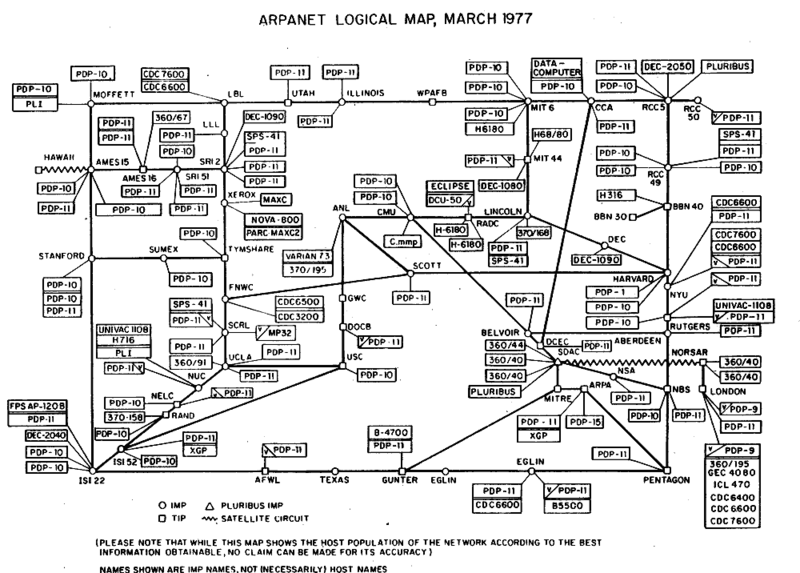Vint Cerf, one of the fathers of our interconnected digital world, answering a Wired query about how he shepherded the Internet from proprietary to public:
“Wired: So how did the internet get beyond the technical and academic community?
Cerf: Xerox invented the Alto machine which was a $50,000 personal computer given to every employee of Xerox PARC — so they’re living twenty years in the future for all practical purposes. They were even inventing their own internet. They had a whole suite of protocols. Some of the students that worked with me in Stanford went to work with Xerox PARC, so there was a lot of cross-fertilization.
It’s just that they decided to treat their protocol as proprietary, and Bob and I were desperate to have a non-proprietary protocol for the military to use. We said we’re not going to patent it, we’re not going to control it. We’re going to release it to the world as soon as it’s available, which we did.
So by 1988, I’m seeing this commercial phenomenon beginning to show up. Hardware makers are selling routers to universities so they can build up their campus networks. So I remember thinking, ‘Well, how are we going to get this in the hands of the general public?’ There were no public internet services at that point.
And there was a rule that the government had instituted that said you could not put commercial traffic on government-sponsored backbones, and, in this case, it was the ARPANET run by ARPA or for ARPA; the NSFNet run for the National Science Foundation, and there were others. The Department of Energy has ESnet and NASA had what was called the NASA Science Internet. The rule was no commercial traffic on any of them. So I thought, ‘Well, you know, we’re never going to get commercial networking until we have the business community seeing that commercial networking is actually a business possibility.’
So I went to the US government, specifically to a committee called the Federal Networking Council since they had the program managers from various agencies and they had been funding internet research. I said, ‘Would you give me permission to connect MCI Mail, a commercial e-mail service, to the internet as a test?’
Of course, my purpose was to break the rule that said you couldn’t have commercial traffic on the backbone.
And so they kind of grumbled for a while and they said, ‘Well, OK. Do it for a year.’”
••••••••••
A 1974 demo of the Xerox Alto:
Tags: Vint Cerf

